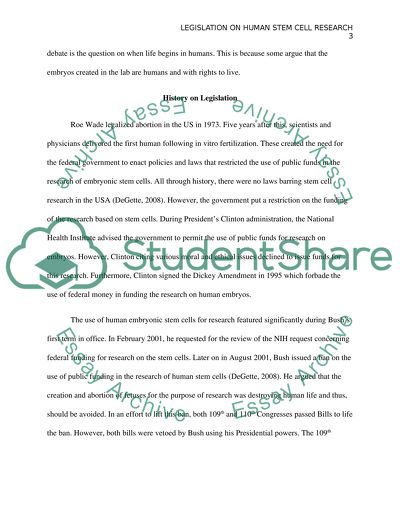Cite this document
(“Stem Cell Research Legislation Paper Example | Topics and Well Written Essays - 1500 words - 3”, n.d.)
Retrieved from https://studentshare.org/law/1450162-stem-cell-research-legislation
Retrieved from https://studentshare.org/law/1450162-stem-cell-research-legislation
(Stem Cell Research Legislation Paper Example | Topics and Well Written Essays - 1500 Words - 3)
https://studentshare.org/law/1450162-stem-cell-research-legislation.
https://studentshare.org/law/1450162-stem-cell-research-legislation.
“Stem Cell Research Legislation Paper Example | Topics and Well Written Essays - 1500 Words - 3”, n.d. https://studentshare.org/law/1450162-stem-cell-research-legislation.


